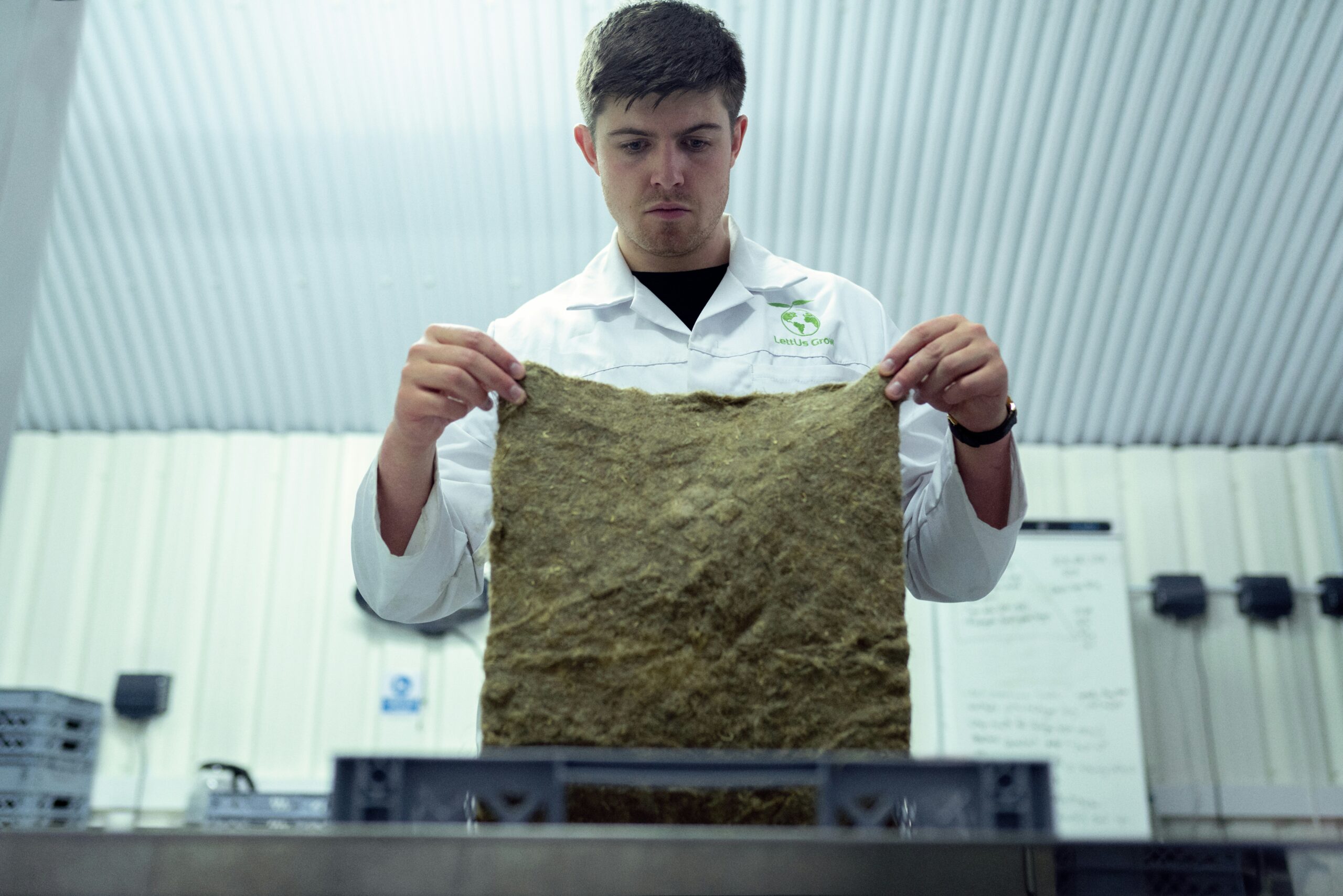Many of the greatest advancements in history have come about as the direct result of those working as engineers. Engineers provide us with practical solutions for a host of problems, as well as advance practical science and technology. They take theories and ideas and often turn them into working principles and products that better our lives. From the compound pulley system invented by the great Greek engineer Archimedes to the tall buildings and air conditioned comfort we enjoy today, engineers have been at the forefront of our technological advancement.
While there have been many notable engineers throughout history, there are some whose inventions and insights have been exceptionally useful. From engineering students tinkering to improve old designs, to engineers who have discovered sweeping laws that affect the way we view the scientific world, the following article includes a list of the top engineers of all time, with an update for 2024:
- Archimedes of Syracuse: No discussion of notable engineers can leave out Archimedes of Syracuse. No matter how you might quarrel with other additions on any list of great engineers, Archimedes must be on the list. He was a keen observer and inventor, developing engineering principles of fluid displacement as well as inventing the compound pulley—one of the most important inventions in all of history.
- Francis Bacon: The scientific method owes its existence to Sir Francis Bacon. A true Renaissance man, Bacon was also a philosopher, statesman and lawyer in addition to being a scientist. He died in the name of science, as he fell victim to pneumonia during one of his experiments as he studied the effects of freezing meat.
- Daniel Bernoulli: Perhaps you’ve heard of the Bernoulli Principle? This is the principle of fluid dynamics that is used in the construction of aircraft to determine air speed. It was discovered by Daniel Bernoulli, son of a renowned mathematician. Bernoulli also discovered how to measure blood pressure, and was well known for his work on the Conservation of Energy.
- John Logie Baird: The Scottish engineer John Logie Baird invented a mechanical television. While Philo T. Farnsworth would be credited later with developing the dissector tube that made electronic TV possible, Baird is credited with providing the first televised objects in motion, and the first televised human face, as well as demonstrating color television in 1928.
- Henry Bessemer: One of the most significant building advancements was the production of inexpensive steel. And the engineer who created the process for mass-producing steel was Henry Bessemer. Bessemer had been working on a process similar to American William Kelly’s process, and he bought the patent from Kelly. Today, steel is still made using process based on Bessemer’s method.
- Gustave Eiffel: The Eiffel Tower in Paris, France was named after someone; that someone was Gustave Eiffel. This French civil engineer contributed to structural architecture, and enhanced metal construction of bridges.
- John Ambrose Fleming: Sir John Ambrose Fleming is the inventor of the first vacuum tube. His engineering feat is known as the precursor to electronics — even though the U.S. Supreme Court invalidated his patent.
- Edwin Armstrong: The American engineer Edwin Armstrong is know for his innovation of frequency modulation (used in FM radio and for other purposes). He was also known for superheterodyning and regeneration.
- Seymour Cray: In today’s computer dominated society, it is important to pay homage to Seymour Cray, the engineer believed to be the founder of supercomputing, and the first to build a device making use of functional parallelism architecture.
- Wernher von Braun: One of the most important rocket developers, especially of rockets for the space exploration effort, was Wernher von Braun. Initially working for the Nazis, developing the V-2 ballistic missile, von Braun later surrendered to the Americans — along with 500 rocket scientists — and came to work in the U.S.
- Robert Goddard: Even though the New York Times panned Robert Goddard‘s theories of travel to the moon by rocket, he had the last laugh. He built the first liquid-fueled rocket, and it has been a source of technological advancement for decades.
- Arthur Casagrande: One of the greatest contributors to dam building and other earth construction was engineer Arthur Casagrande, a pioneer in soil mechanics.
- Henry Darcy: The modern style Pitot tube was invented by Henry Darcy, an engineer who developed a law describing flow in porous media. Today, Darcy’s achievements can be seen in hydrology and petroleum engineering.
- Wendell Bollman: When you see truss bridges spanning great lengths, you can thank Wendell Bollman, a self-taught civil engineer. His designs for ferry bridges and other truss bridges have influenced us for decades, even though there is only one remaining “Bollman truss” bridge still in existence.
- Thomas Brassey: This civil engineer is notable for his prolific railroad building. Thomas Brassey was the premier contractor for railroading building throughout Europe, and is also responsible for Canada’s Grand Trunk Railway.
- George Stephenson: English civil engineer George Stephenson built the first public railway in the world that made use of steam locomotives. He was also friends with Thomas Brassey, and encouraged him to contract to build railways. The world’s standard railway gauge is the Stephenson gauge, named after the man who developed it.
- Willis Carrier: Do you enjoy air conditioning in the summer? If so, you can thank Willis Carrier. Carrier’s first air conditioning success came only a year after he earned his Masters in Engineering from Cornell. And the rest of us have benefitted every since.
- Burt Rutan: One of the most influential aerospace engineers is Burt Rutan, whose innovative designs are prominent in the Smithsonian National Air and Space Museum. He is responsible for SpaceShipOne, the first private rocket plane to put a person in space, and for the first airplane to make it around the world without needing to refuel.
- Fazlur Khan: Considered to be central to the “Second Chicago School” of architectural design, Fazlur Khan is largely responsible for inspiring some of the most interesting structural engineering feats of the latter half of the 20th Century, changing skyscraper construction.
- Judith Resnik: Focus on the tragic Challenger explosion often centers around teacher Christa McAuliffe. However, Judith Resnik, a NASA engineer, also perished in the flight. She had worked on orbiter projects, and influenced design procedures related to special integrated circuitry.
- Elon Musk: From building rocket ships to one-day shuttle humans to Mars, to introducing the most successful and widely adopted electric car of all time, to being part of the core team that built Paypal, Elon Musk has cemented himself in history as both a once in a generation engineer and also polarizing public figure. While some may not agree with his perspectives when it comes to political and social issues, there is no doubt that his contributions to humanity have positioned him as the Thomas Edison of the 21st century.
- Tim Berners-Lee: While not widely known, Tim Berners-Lee and his invention of the world wide web has had a far reaching impact on the daily lives of every human on the planet. What was initially a slow digital method of communication and information gathering as grown to be the backbone of our society, in which most products and innovations or the 21st century wouldn’t exist without.

